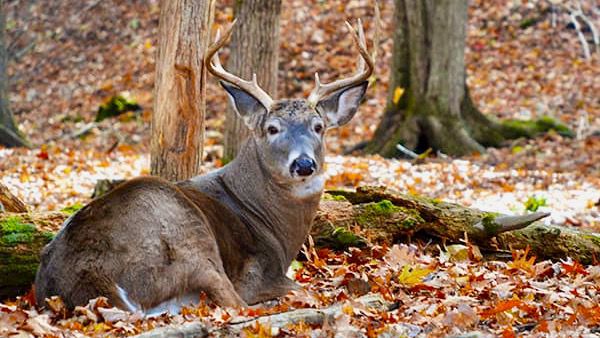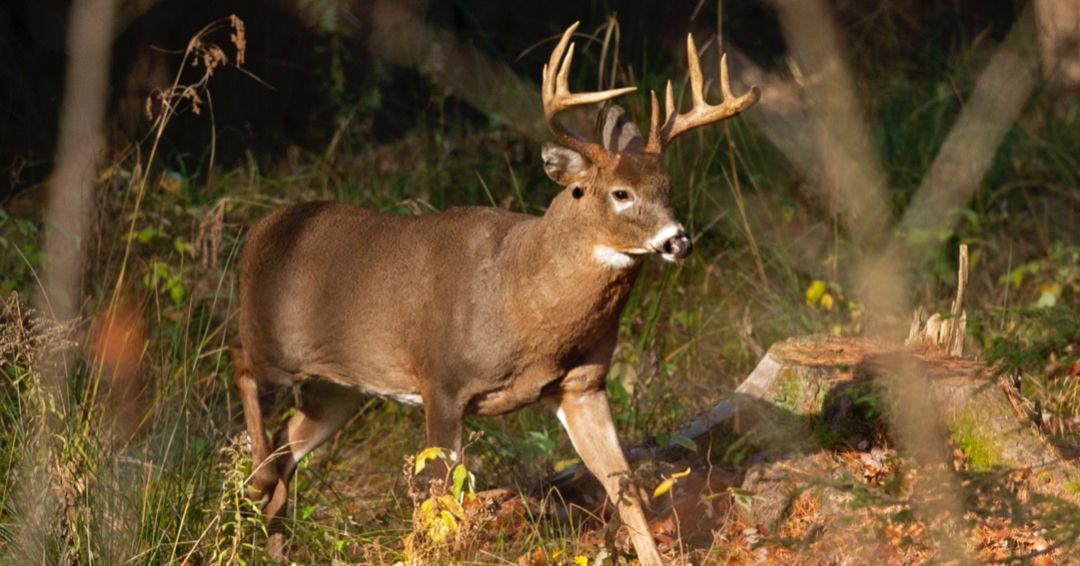I’m not really into hunting, but many people in my family are. During hunting season, many members of my squad, who usually care less about the weather, start reaching out for a personal forecast. This year, I finally asked why, and it turns out that barometric pressure affects many animals’ movements, including deer.
For the beginners, barometric pressure is simply the pressure of the atmosphere measured by a barometer. A good rule of thumb is in areas of high pressure, the weather is typically cool and dry. In areas of low pressure, the weather is usually warm and wet. I learned that in ninth grade Earth Science class and it’s gotten me pretty far for basic studies.
We usually measure barometric pressure in millibars. Just like any other unit of measurement, that can be converted into other units. Many weather apps and websites will show you the pressure converted into inches.
According to one outdoor website, weather plays a major role in the outcome of your deer hunting season.
A study by Jim Nelson of "Outdoor Life" states that more deer will be out and about if the barometric pressure is above 30.0 inches. Specifically, when the pressure climbs between 30.01 and 30.40 inches, the number of deer increases exponentially. Although it may not seem like a slight difference in pressure matters, the same study showed that the pressure dropping between 29.8 and 30.0 inches cuts your chance of seeing a deer by a third.

If you’re like me and not really into hunting, the same barometric pressure study can help you know when to be on high alert or not on the roadways looking for deer. When the barometric pressure sits in the sweet spot of 30.01 to 30.40 inches, be extra cautious while driving to avoid hitting a deer. When the number is lower, you may be able to let your guard down a bit.
For more on how the weather impacts your day to day life follow Meteorologist Kaylee Wendt on Facebook, Instagram, and Twitter!
Our team of meteorologists dives deep into the science of weather and breaks down timely weather data and information. To view more weather and climate stories, check out our weather blogs section.



